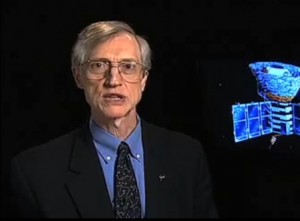Nobel Scrutiny
Many people have found the Physics Nobel Prize (see here and here) this year quite remarkable, and mostly for positive reasons. It was given to innovative, young researchers Andre Geim and Konstantin Novoselov for work on a material that is remarkable for scientific and engineering reasons alike, and both theoretical and experimental. All good. Others have been a bit concerned about how very soon the prize was given for this work, and in other cases there has been some annoyance about how work on graphene has been attributed (a lot of people seem to be under the impression they discovered graphene, for example, which is not the case).
Well, it seems that there are quite a few strong words being written about the issue at very high levels. I was sent* a Nature News article (by Eugenie Samuel Reich) a day or two ago on the matter […] Click to continue reading this post

















